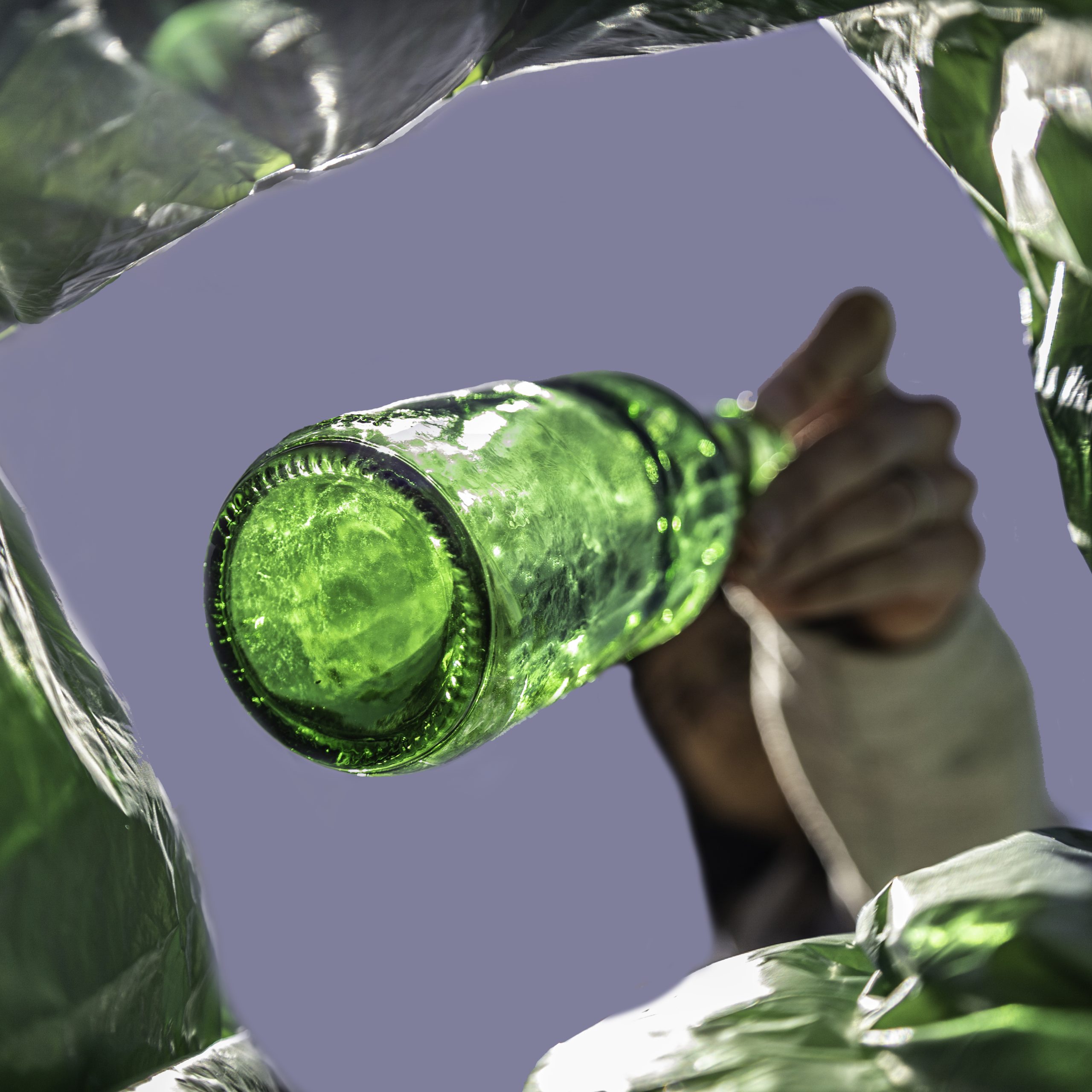Unlocking the hidden potential of cacao beyond chocolate

While chocolate remains a beloved treat worldwide, the cacao industry harbors untapped potential that extends far beyond confectionery. According to the World Resource Institute, about 75% of the cacao pod is discarded during cultivation, harvesting, and consumption of the cocoa bean. But this waste, if properly managed, could significantly enhance farmers’ incomes, rehabilitate degraded landscapes, contribute to food production, and even generate clean energy.
Cocoa and cacao are terms that are often used interchangeably but have distinct meanings. Cocoa typically refers to the processed products derived from cacao beans, such as cocoa powder and cocoa butter; cacao, by contrast, refers to the fruit (pod), trees, and byproducts. This distinction is crucial in understanding the full scope of the cacao industry’s impact and opportunities.
The global cocoa trade was valued at $9.59bn in 2021, with Côte d’Ivoire and Ghana the world’s top producers. Despite the industry’s size, many smallholder farmers live on just $2 a day, and the sector is marked by inefficiencies and environmental challenges. Approximately 700,000 tonnes of waste are produced annually, contributing to deforestation and soil degradation. However, embracing a circular economy approach could transform this waste into a valuable resource.
Utilizing cacao byproducts offers numerous benefits. Pod husks can be processed into animal feed, biochar for compost, or biomass for electricity generation. Cacao pulp, a sweet and nutritious byproduct, has commercial potential in the beverage and food industries. Meanwhile, bean shells can be ground into cocoa flour or used as mulch, enriching soil health and supporting sustainable farming practices.
However, barriers such as inadequate infrastructure, financial constraints, and integration challenges within the cocoa supply chain hinder the widespread adoption of these circular initiatives. Despite these obstacles, innovative projects are underway. For example, the ‘Circular Economy Cocoa: From Bean to Bar’ project in Vietnam aims to introduce regenerative practices into the cocoa and chocolate subsector. In Côte d’Ivoire, a biomass power plant is being developed to convert cacao pod waste into clean energy, while companies like KOA are pioneering the use of cacao pulp to create new products, benefiting farmers and the environment alike.
These initiatives not only promise additional income streams for farmers but also contribute to environmental sustainability and climate change mitigation. By reimagining the cocoa process and valuing all parts of the cacao pod, the industry can move towards a more sustainable and prosperous future.
Source: World Resource Institute



